Description
Publication date: 2019
Editorial : Public Space
Karim Basbous
Read moreWhat is public space? Is it still an ongoing project, or has the individualism of buildings in new urban developments fatally undermined it? How is it changing in an age of virtual exchanges and the progressive privatisation of places and government disengagement? These are just some of the questions explored in this issue of Le Visiteur.
Public space is a political and architectural legacy that every era forges in its own image. The shape taken by a city reflects that society’s idea of itself, its values and lifestyles. Legal criteria are therefore by no means sufficient to define public space. In that case, however, above and beyond its practical functions, what does it represent and what is its stamp? Where did it arise and how has it been reinvented over the centuries? While in Antiquity public space already took the highly visible form of a central square, it is also manifested in its own potentiality by means of that which makes us lost and scattered, the better to gather us together in one space. Patrick Boucheron demonstrates the hidden power of such public spaces – unfinished, multiple, unexpected, untouched by grand architectural gestures even while they strive to render the space visible. The starting point for my own article is a genealogy of the monument, which I have used to explore what is at stake in the major urban forms to have arisen across the history of urban spaces, powers, and customs – their political efficacy, the interests they serve, their influence on the body social, and their fate in history. Architecture and the public space build social institutions, each strengthening the other; bonds that have been forged can also be broken or weakened, as indicated by architecture’s loss of symbolic power, the focus of Pierre Caye’s highly topical article. Olivier Gahinet explores the transformation of public space as European cities grew in the late seventeenth century, as reflected both by the church interiors painted by the Dutch masters and the broad expanses of space in France’s eighteenth-century royal squares.
Augustin Berque offers a counterpoint to the European city and its exported models, explaining how the notions of public, private, and common cohabited in Hirohito-era Japan in a manner very unfamiliar to us.
What is to be done with the empty spaces freed up by modernist doctrines, loosening and dislocating the urban fabric? Virginie Picon Lefebvre studies the burdensome legacy of the post-war fashion for esplanades, focusing on the emblematic case of La Défense that is still proving a headache for urban planners.
Le Visiteur’s aim is to spark a dialogue between scholarly research and criticism, in this case of architectural production and public policy. Yann Legouis’s vigorous, clear-sighted argument lifts the veil on the meaningless slogans that crowd the media landscape and the realities of a system of production that leaves little margin for architectural projects, and even less for projects with a critical bent.
The transformation of urban space can also be seen in literature. Éric Hazan has once again sought inspiration in Paris, packing a great deal into three pages on the degradation of the cityscape. Jacques Réda takes public space as his starting point for a literary amble that takes in the whole city, as only he knows how.
The issue closes on an optimistic note with a tour of the projects run by the agency Topos, founded by Jean-Pierre Porcher and Margarida Oliveira. Architecture, landscape and public space are as one in their work: Laurent Salomon’s homage to their vision is important at a time when, in France at least, the architect’s scope for overseeing the transformation of the world is gradually being whittled away.
Scathing Bodies and Assembled Languages. The Potentiality of Public Space
Patrick Boucheron
Read moreWhen an architect, historian, and philosopher talk about public space, do they mean the same thing? Arguably not, and the beauty of the site is no answer to their dispute. The calm assurance of civic squares in Italian communities offers a challenge to something that may seem self-evident: urban history denies public spaces any architectural quality other than that of receiving and organising scathing bodies and assembled languages.
This explains why the author chooses not to dwell on this aspect, preferring to measure the intensity of their historical potentiality. Making use of the past in this instance once again serves to cast glints of intelligibility onto an uncertain present. What makes it uncertain? A number of confusions that the present article sets out to clarify, for instance the fact that public places neither guarantee nor promise the presence of a public space. This is a history not just of spaces but also of struggles, not just of rallies but also of dispersion, as the most highly politically fraught moment is always the one when the crowd disbands. There is therefore little point in lamenting that we do not all share the same words to speak of the commonplace: the uniquely historical potentiality of public spaces lies first and foremost in how they are spaced.
The Orders of the City
Karim Basbous
Read moreTwo situations “made space” in Ancient Greece: the temple and the agora. The former was rooted in the presence of a sovereign building that stood in isolated splendour, the latter was based in the affirmation of a framed space. The wager of Western cities since the Classical age has been to bring the two diametrically opposed situations together. Urban space has become the stage playing out the tension between architectural reason and the reason for urban planning. The power struggle, which has varied from one civilisation to another, has invariably left its mark on the urban fabric, which in turn shapes our ways of thinking and acting. The spaces of the city we have inherited and those designed today represent a certain idea of order. They have much to say about what matters, who is in charge, and how we live.
Architecture and Republic
Pierre Caye
Read moreThe idea of Republic is constantly being discussed, so it is legitimately surprising that current debate about it is totally devoid of the notion of public service, which was nevertheless the key to the construction of French republicanism up to and including the French Fifth Republic.
The legal notion of Republic has been replaced by new intellectual constructs that have sought to recast the notion of “public” while despising the legal constructions that have elaborated the Republic itself down through its history. Thus, in the 1960s, there began to emerge, notably in the writings of German philosopher Jürgen Habermas, a notion of the “Public Sphere” founded on intersubjectivity and communicative action. It is clear that this new concept of “public” heavily contributed to the political changes that we have witnessed over the past generation, under the label of “governance”. And yet the notion of Public Sphere as architectural space is as old as the notion of politics in ancient Greece and Rome. Better still, at that time architecture and urban planning played the largest role in the original definition of public space, a role that the new theories tend to deny. We shall see the extent to which architecture helped to define the Public Sphere and, along the way, played a fundamental role in building the republic, which the new theories in fact do nothing other than deconstruct, for lack of an accurate understanding of the institutionally operative faculty of architecture.
Outside Space
Olivier Gahinet
Read more“Some people have such a vague idea of poetry that they take vagueness for poetry itself.” Paul Valéry’s quip applies to cities as well as poetry, and the vocabulary of architecture and town planning is rich in words used all the more for being vague in meaning, such as “landscape” and “metropolis.” The same is true of “public space.” We know what it is not: it is not the town surveyor’s “public domain,” nor is it the “public highway” of police, prostitutes, and drunks. Saying what it actually is, however, is trickier. It seems to be attached to the idea we have of European cities, allegedly being a positive, fragile, and threatened component of them. It even seems to me that it has been linked to a specific urban realm, namely “cities of stone.” Which might suggest that other cities lack public spaces.
By studying both Holland’s golden age and the city of Paris, we shall see that this “European” public space is singular version of public space understood in a broader sense, an “impalpable space” that explains the urban quality of cities as different as Tokyo, Los Angeles, and São Paulo.
The Japanese Sense of Public, Common and Private Space in the Shôwa Era (1926-1989)
Augustin Berque
Read moreThe sinograph 公, which today means “public” in China as in Japan, comprises two elements: ム et 八. The fist element is the initial form of the sinograph meaning “private”: 私. Originally it meant: to hide by enclosing on three sides. On the contrary, the second element meant: to open on the right and left. In the pronunciation derived from the Chinese gong 公, it is pronounced kô, but ooyake in its Japanese pronunciation, which etymologically means: “place (ke) of the big (oo) house (ya)”, meaning the house of the sovereign. This word has the opposite origin from that of our “public”, which comes from the Latin populus, people. In the Japanese tradition on the contrary, the people is referred to as watakushi私, the private sphere. During the feudal regime, which governed the archipelago from the end of the ancient State (12th century) until the Meiji Restoration (1868), ooyake designated the sovereign’s domain and watakushi that of the vassal. It had nothing to do with the notion of res publica. In other words, introducing the western notion of “public” was no easy task.
Searching for the City’s “Natural Site”
Virginie Picon-Lefebvre
Read moreA 1992-1995 research program entitled “The Architecture of Modern Public Spaces” sought to draw architects into researching the public spaces of large housing estates in order to understand whether it might be possible to improve usage of such spaces. A great number of projects were implemented, which resulted in significant tear-down and, in most cases, the closing off of public space with fences aimed at limiting nuisance use and controlling circulation. Over the last few decades, cities including Paris, Toulouse and Bordeaux invested significant sums in the transformation of existing public spaces. Landscape designers, in particular Michel Corajoud, Alexandre Chemetov and, more recently, the TER Agency, were deeply involved in those projects.
We can observe a certain back-and-forth between, on the one hand, the proponents of the modern city as represented by the Athens Charter and the Buchanan report, which include the creation of an artificial site as well as vast pedestrian esplanades; and, on the other hand, defenders of the traditional city advocating a return to “natural sites.” I will cite representative projects to demonstrate the ambiguities as well as the theoretical limits of the impulse to “naturalize” the site of a city.
New Ways of Sharing Public Space
Isabelle Baraud-Serfaty
Read moreOn the one hand, the retaking of public spaces on behalf of pedestrians and clean modes of transportation, with a view to improving public health; on the other, gardening permits that allow local inhabitants to grow tomatoes on the sidewalk. Everywhere an exponential growth in street sports and games, along with pop-up activities subsidized by sporting goods brands. We see, as well, a construction-industry heavyweight proposing an interactive, adaptive, real-time signaling/signing system for roadways. On yet another front, a blanket contract gives a private consortium the right, over twelve years, to create and run a control-room that regulates public-space equipment such as street lamps and traffic lights … Let’s not forget the public spaces that last year were declared off-limits to Pokémon GO players. What if such changes, which on the surface appear very disparate, in fact attest to an overall change in the very quality of public spaces, linked to invisible monetization of those areas? And what if, tomorrow, we should witness the appearance of “turnkey” operators of public spaces, just as we now have contractors who take care of parking or garbage collection?
Towoods an architecture ? The Reality of “Innovative Projects” in French Urban Development
Yann Legouis
Read more“Veni, verdi Vinci”: We came, we greened, we got Vinci[1]: in 2015 many teams responded to the “Ré-inventer Paris” call for innovative projects, but few of us imagined at the time how quickly this would become a model for the genre. Today, these “Reinventing” procedures are flourishing in all kinds of locations (“Réinventer Châlons”) and on an ever-larger scale (“Réinventer la Seine,” “Inventer la métropole”), with the result that we are seeing the development of a veritable “French mash-up.” This idyllic landscape, with its after-sales service and international promotion (“Réinventer le monde”) milks the language of kindliness, conviviality and leisure, and the liberal values of flexibility, impermanence and reversibility. But behind these glistening artifices of communication is a thick forest of questions touching on the shifting balance of power between the public and private spheres, the predominance of the concept of innovation in evaluation criteria and the reduction of sustainable development to gimmick status. With these procedures now taking over public space itself (“Réinventer les places,” “faire”), there is an urgent need for critical debate involving the public, professionals and decision-makers.
[1] Vinci is the name of a French company that runs underground car parks in and around Paris.–Trans.
Greenery
Éric Hazan
Read moreSquare Bolivar is a steeply sloping triangle between avenue Simon Bolivar and rue Clavel in Paris’s 19th arrondissement. The triangle’s sharpest point is at the bottom where it meets the avenue between a café and a baker’s. The sides of the square are lined with identical buildings that form a modest but dignified setting. At the top, the triangle opens widely onto rue Clavel, which is named after an officer who defended the Buttes-Chaumont against the Russians and Prussians on 20 March 1814.
Square Bolivar’s median is marked by the magnificent alignment of five ancient chestnut trees that have grown right in the middle of the large cobblestones that paved the slope. The place was perfect and only asked to be left in peace.
But five or six years ago the square was treated to a brutal attack: it was “vegetalised”…
From Burrow to Elysian Fields
Jacques Réda
Read moreAlbert Einstein, among other authorities, mentioned the considerable importance of the influence of everyone’s home town. And in fact I have noticed that my own home town has represented a point of reference, if not a model, to which I instinctively turned, in every field. Even more so when it came to architecture and town planning. Various other ideas gleaned in the meantime, and apparently far removed from those issues (such as music and physics), then entered the picture. Henri Poincaré, another magisterial authority, argued that the realm of the mind was absolutely distinct from the realm of nature. Yet it seems to me that everything is just the opposite, and that one of science’s tasks is to steadily dismantle the barriers apparently separating mind and matter, which rely on one another in the general process of evolution. Such are the elements that inevitably subtend and guide my thinking.
De virtute radicali consilii
Laurent Salomon
Read moreTwo features emerge from projects by the Topos studio, namely the almost systematic creation of an autonomous enclosure and, within it, an “interior” concretized by a furniture component installed in a way that ensures the division of space. This conception of the relationship between architecture (created by the enclosure) and everyday life (organized by the furniture) offers key analytical insight into the work of Topos. The inventive reduction of functional issues to the coexistence of meta-furniture and architectural structure with distinctly different purposes is something that the modernist movement never really explored. It stems from a unique kind of projective radicality that generates a dialectic between what a project is, architecturally speaking, and what it is used for. It reinforces each project’s initial intention, examination of which sheds light on an original view of architecture within the development of a culture of local context.

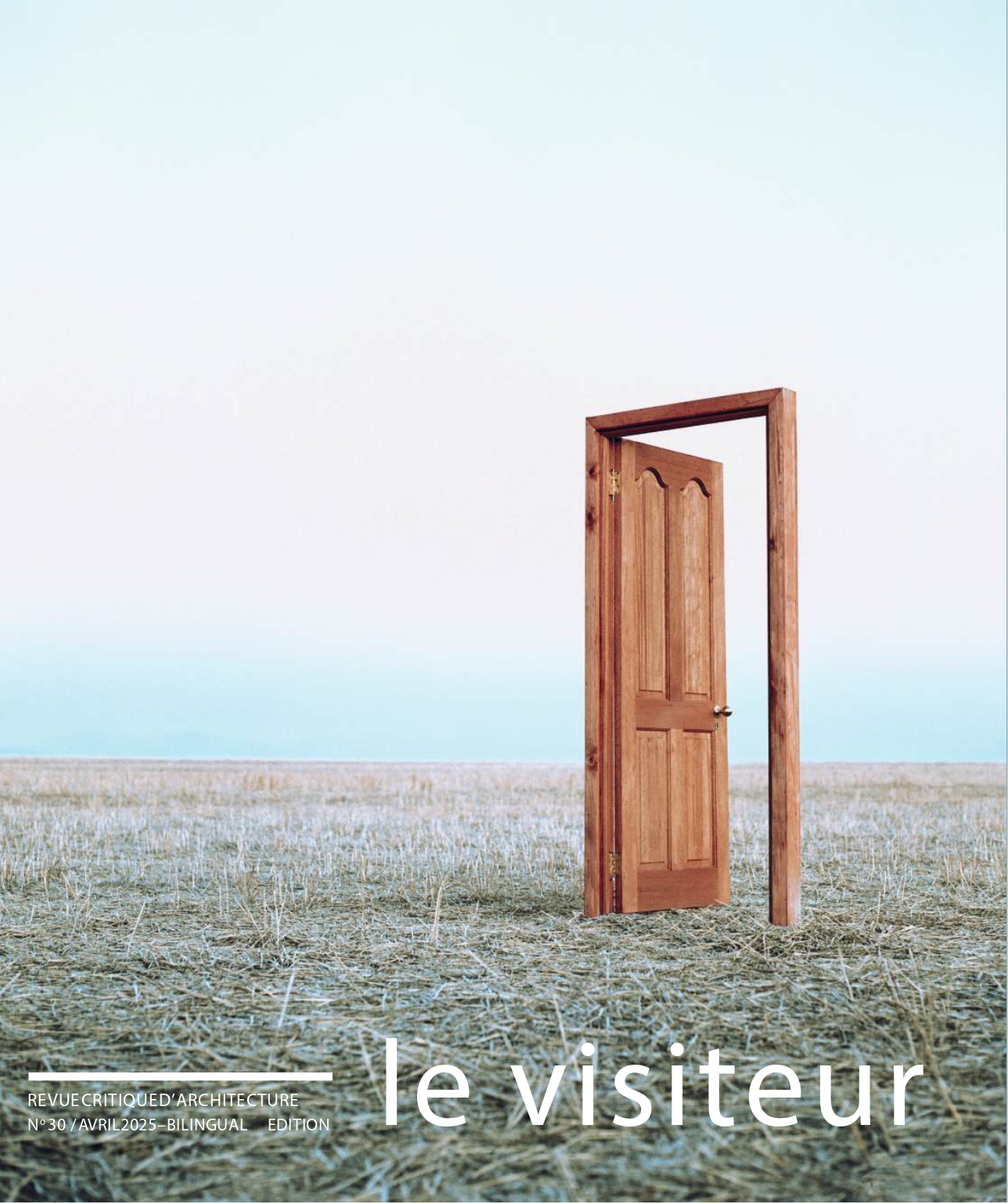
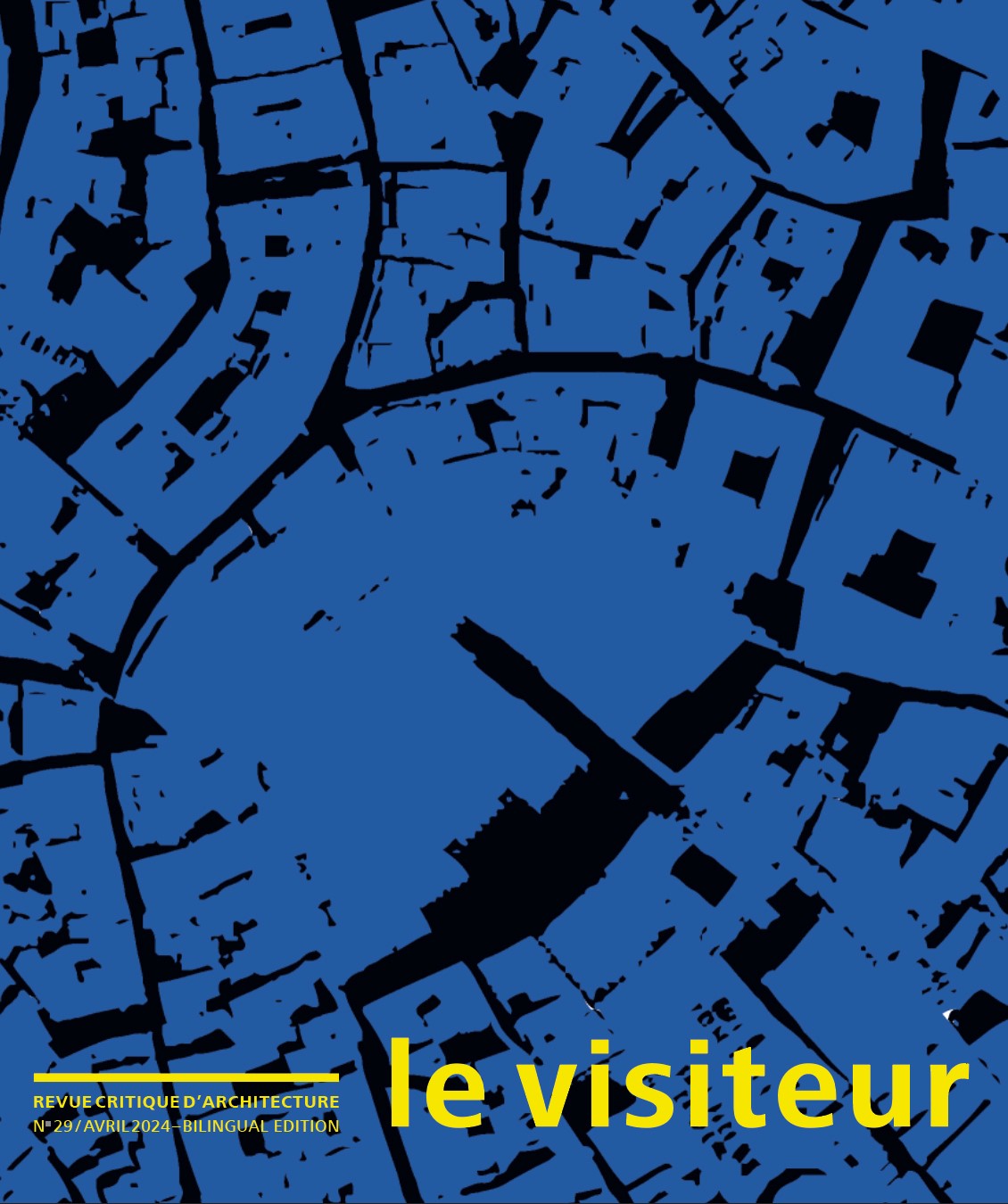
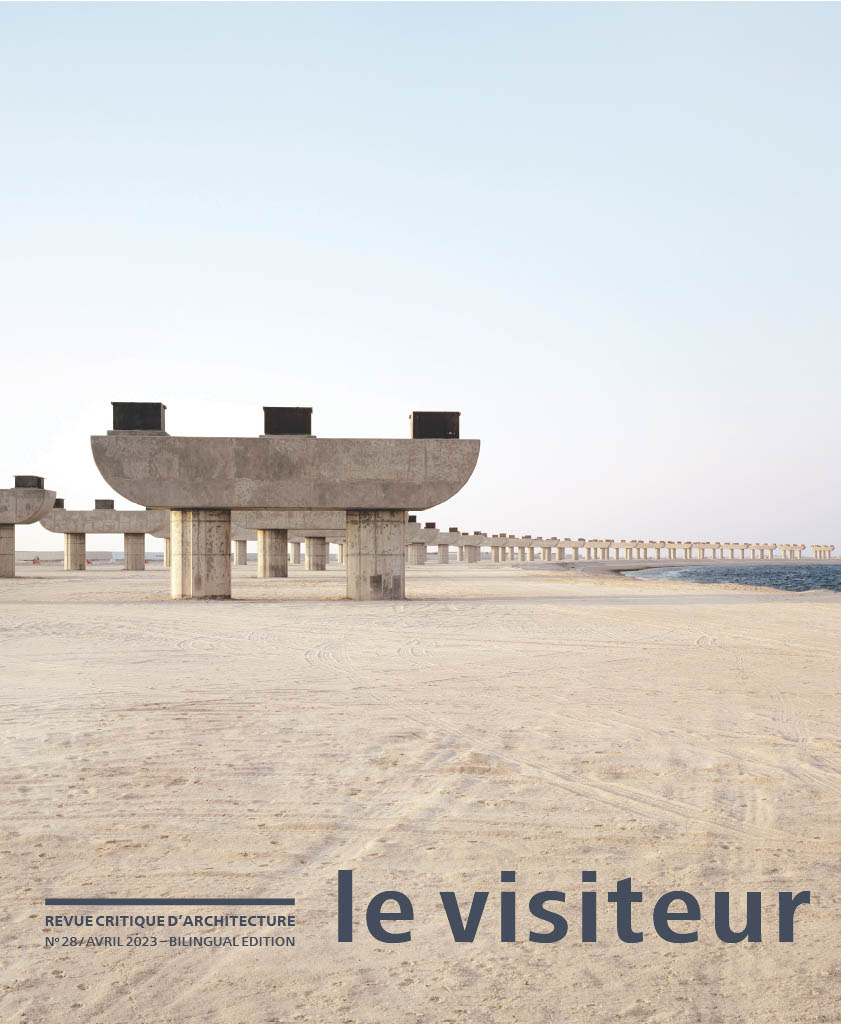
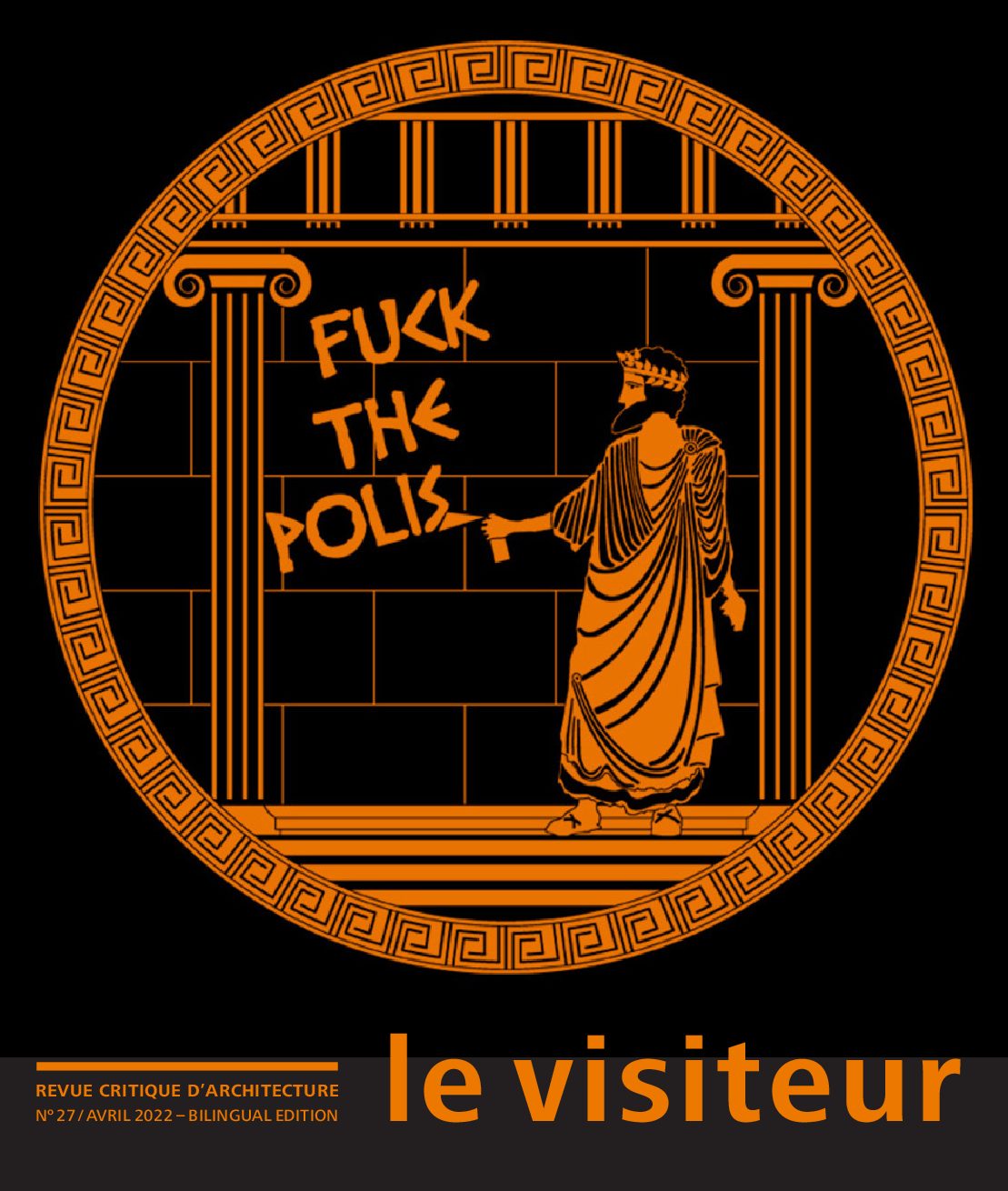
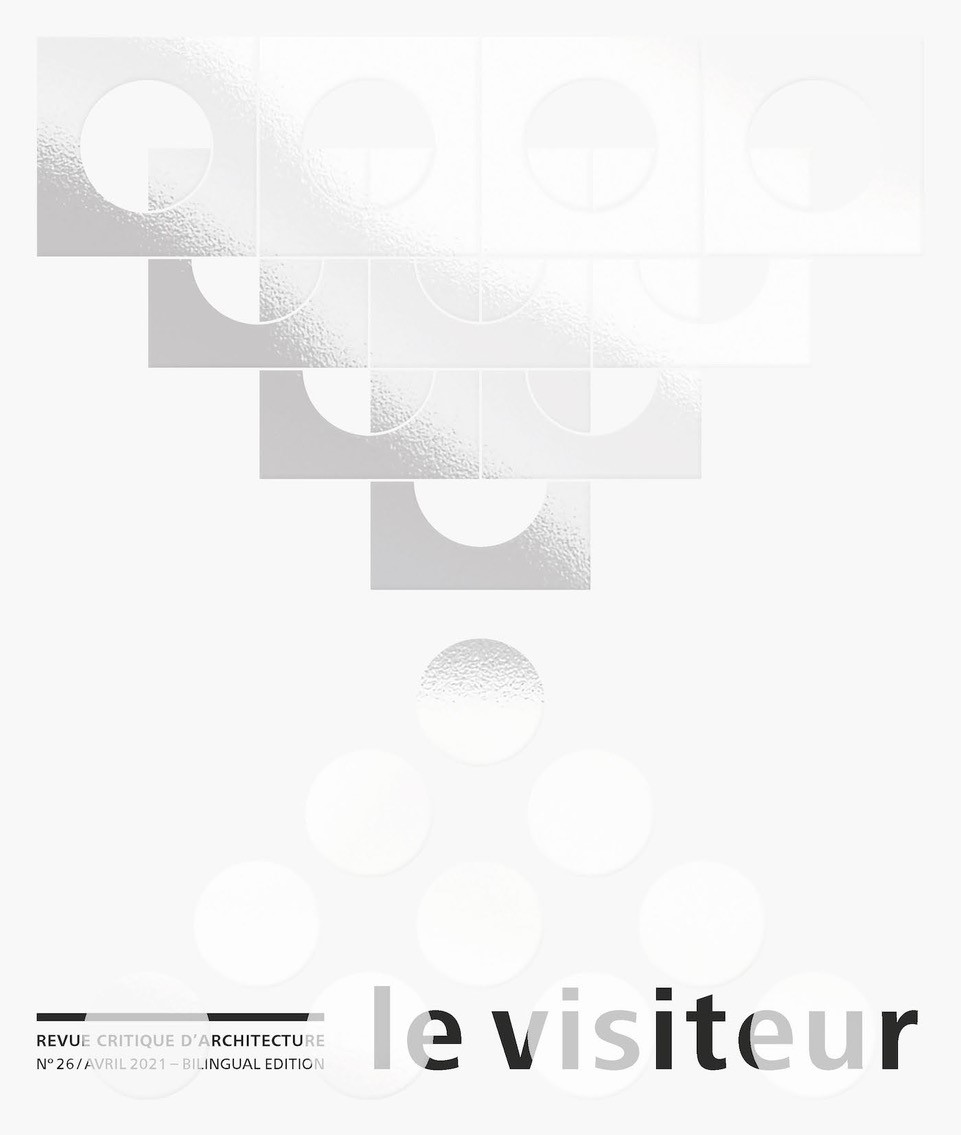



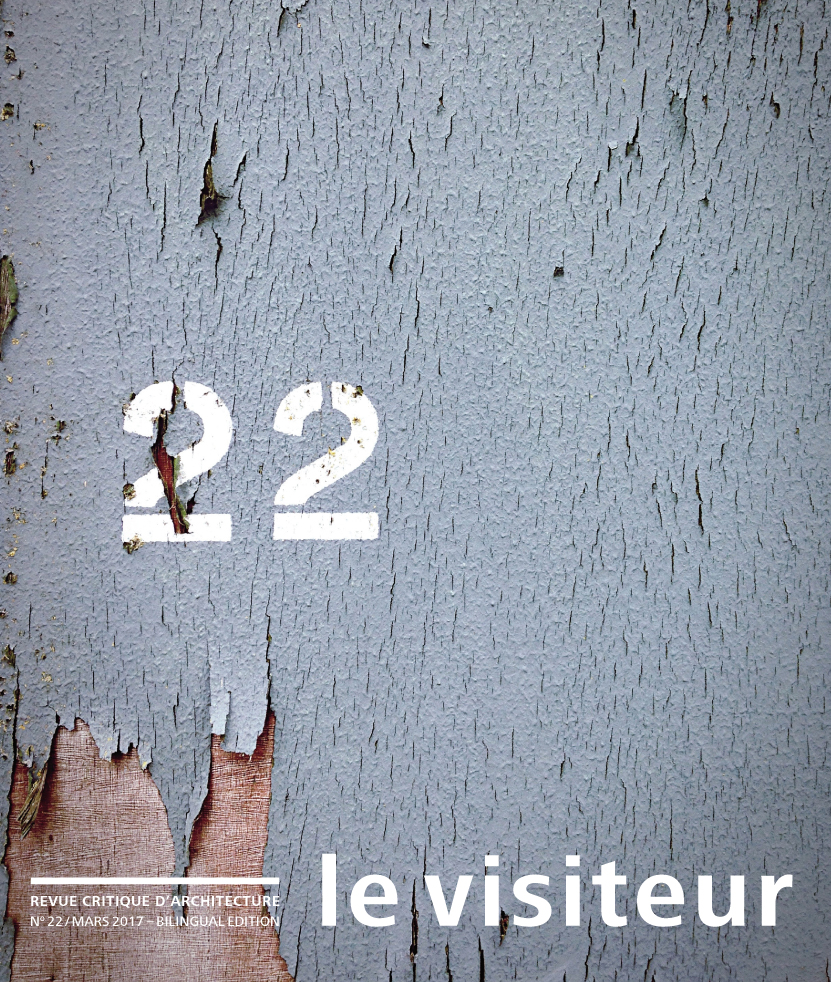

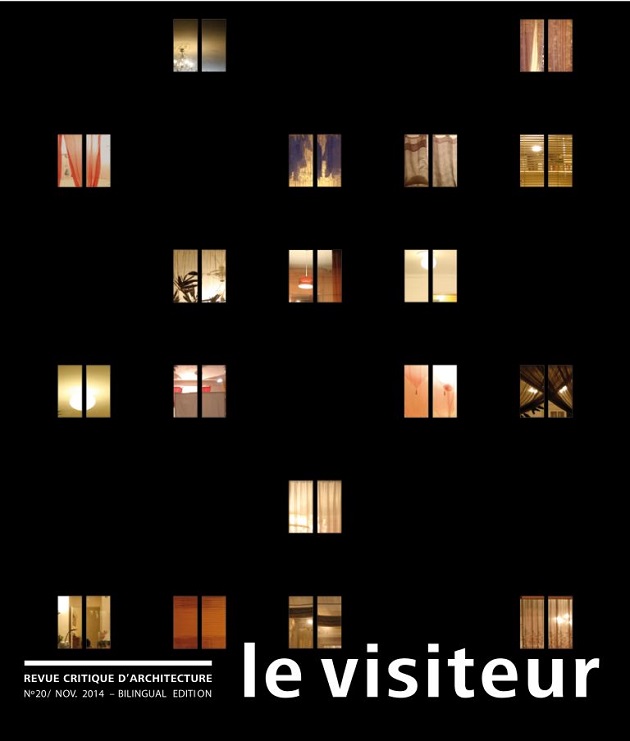
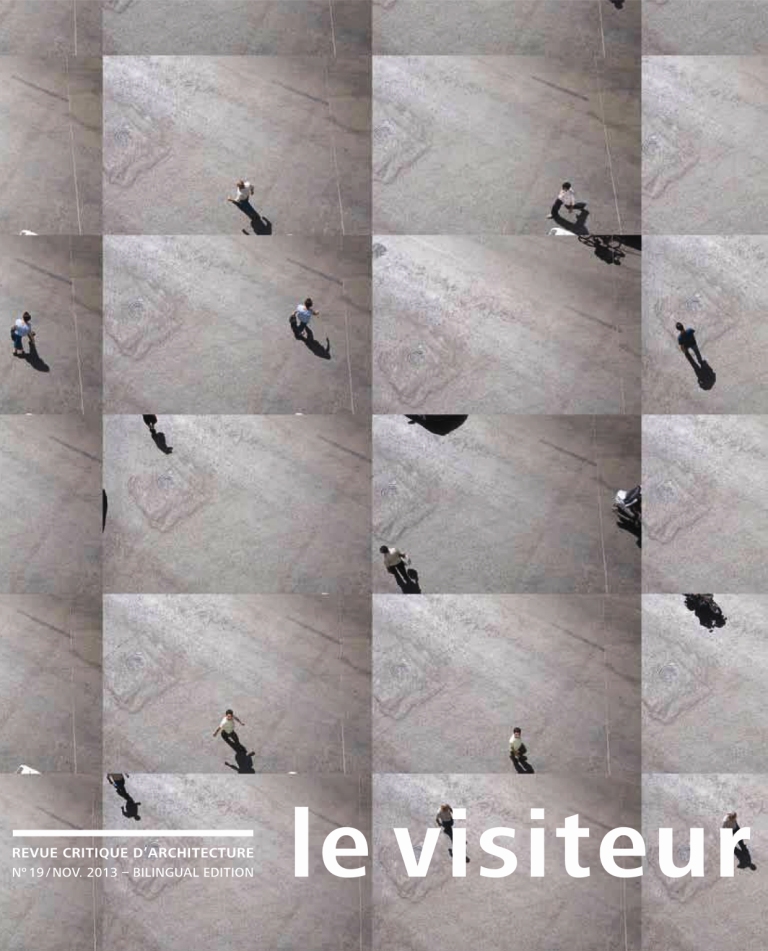

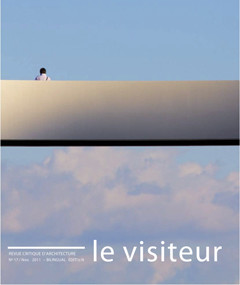

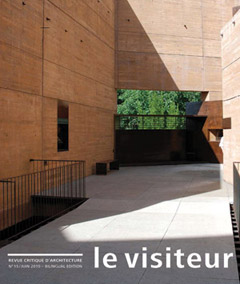
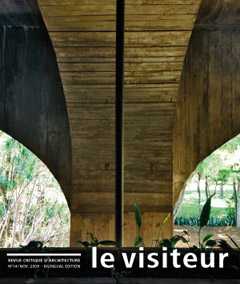
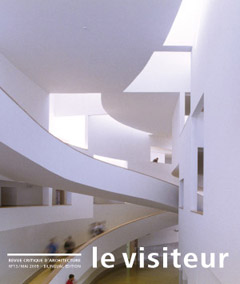
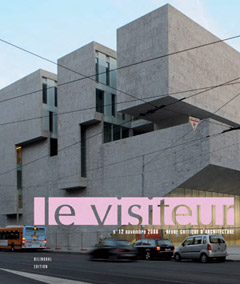


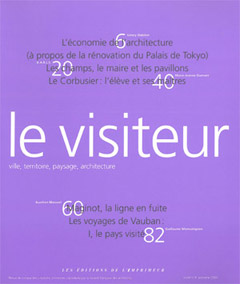
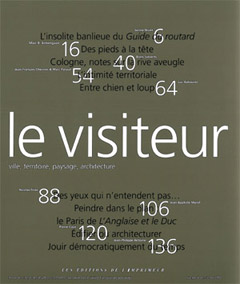







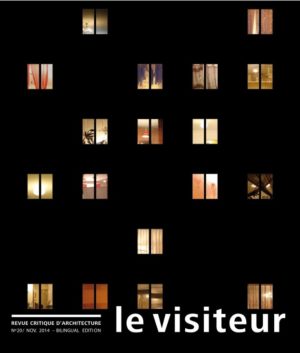
Reviews
There are no reviews yet.